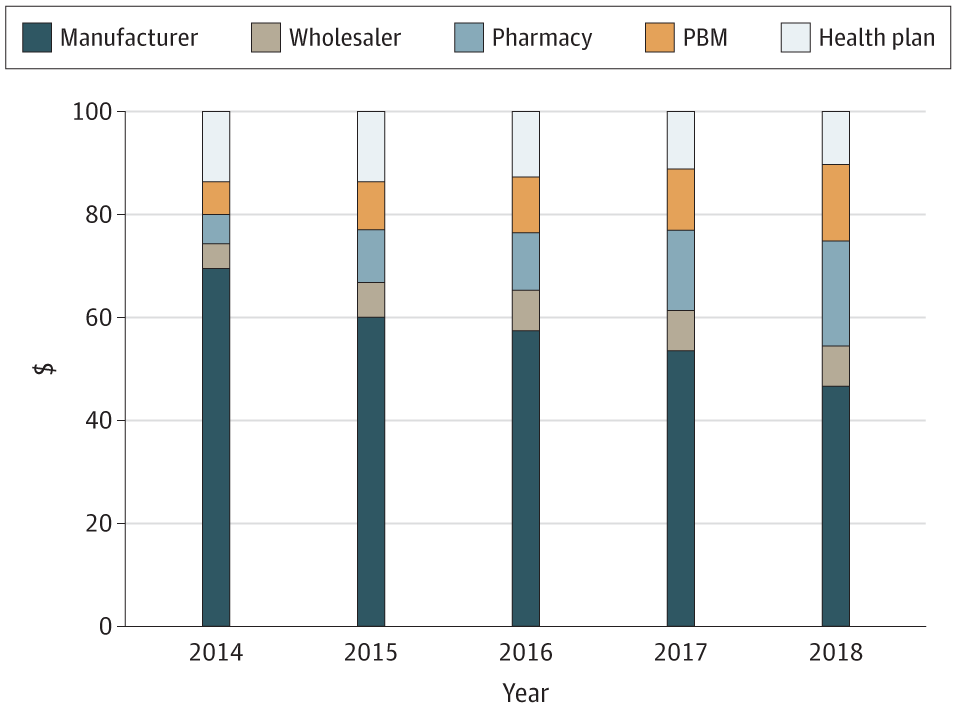Rouen, the city where Joan of Arc met her end, felt very much alive the day we were there for Stage 4. We got some bad advice on where to park from ChatGPT and parked near the Jardín de plantas de Ruan botanical gardens. No worries, though. Based on the map we had from the Tour de France app (again, what an awesome resource), we caught an Uber to the base of Côte de Bonsecours, famous for being the site of Jean Robic’s attack to win the first post-war Tour in 1947. From there, we hiked up to the first switchback and laid out a blanket for a lunch of fruit, bread, cheese, and chocolate. We intentionally watched our fluid intake to minimize the risk of needing a bathroom.
The locals were awesome and had no such anxiety about the bathrooms. French college kids carried around cases of beer. You may have picked up on the fact that the whole toilettes situation in France remains a bit of a mystery for me, but I can only assume they were tromping off into the bushes to pee.
We took photos and joined in as they sang La Marseillaise—not in a heavy, chest-thumping kind of way, but in a way that felt light, proud, and communal. I love America, but the way we treat our anthem as a patriotism contest can be a little dark. Theirs makes room for joy.
We played a game I’d never seen before that I’ve heard called “passing the child” (passer l’enfant; I can’t confirm this is the real nomenclature). It consisted of grown men sitting in rows like in a crowded rowboat, passing kids overhead in a wave of miniature crowd-surfing. A few adults gave it a go, but those rides didn’t last long. Even smaller adults are a little too heavy. But it was a blast.
A few groups of amateur tourist riders came up the hill ahead of any of the official Tour. I gotta tell you: the crowd went wild. Some of it was sarcasm, obviously, but it mostly felt like heartfelt appreciation for people working hard on the route. Even little ladies on e-bikes got a chorus of Allez!
People spray-painted messages to riders on the road. Local boy Kevin Vauquelin was a popular subject.
In one of the more athletic performances of my life, I spotted the E.leclerc van coming up the hill and sprinted toward it, knowing it was the source of the infinite polka-dotted shirts you see on hilly stages. My experience in the UK is that Brits love to queue up. The French, not so much. But everyone in the family fought through the scrum to get a shirt.
Pro tip: show up about three hours earlier than the Tour de France app tells you the peloton will arrive if you want a shot at scoring one of those iconic E.leclerc polka-dot tee shirts.
An adult.
And then came the caravan. At two earlier stages, we’d had a taste. In Rouen, we got the full course: a full 10 km of high-end parade floats blasting music and throwing out hats, shirts, keychains, soda cans, and a bunch of other stuff. The energy level of the college kids manning the floats is high. I had to duke it out with a couple of France’s Greatest Generation for some free stuff. I lost a couple battles, but I think I won the war.
The anticipation of the race getting to your spot on the course is tense. First come the leading cars (so, so many cars and motorcycles). Then comes the distant chop of helicopter blades. Then, before you really comprehend what’s happening, the lead group comes through. On the Cote, which would easily count as the biggest climb in Kansas but is only a Category 4 climb by Tour standards, the riders still blasted by us at a speed I can barely maintain on level ground. We were on the inside of the switchback, so the riders literally brushed by us. I was terrified of accidentally taking down a rider and becoming a meme, so I stood back a few inches from the stripe on the side of the road.
The show doesn’t end after the lead group blasts by. There are riders stuck in no-man’s land, then there is the Grupetto, the back-of-the-pack group, mostly sprinters who aren’t known for climbing. And yet, even they ripped up that Category 4 climb faster than I can imagine climbing my driveway. And they were laughing, joking, and tossing bidons to kids. These guys aren’t just good at cycling. They are otherworldly.
Allow me a slightly maudlin digression: Greg LeMond won his first Tour just before my 11th birthday, in 1986. I was thrilled. Most of my friends didn’t care. But in France, people care about cycling. Deeply. It felt, for a moment, like being seen.
We went to a couple more stages: the time trial in Caen, the mountaintop finish in Mur de Bretagne. Both were great in their own way. But the apex of the trip was in Rouen. If I’m lucky enough to grow old, I know I’ll forget a lot of things. But I won’t forget standing on that switchback on July 8, 2025.











